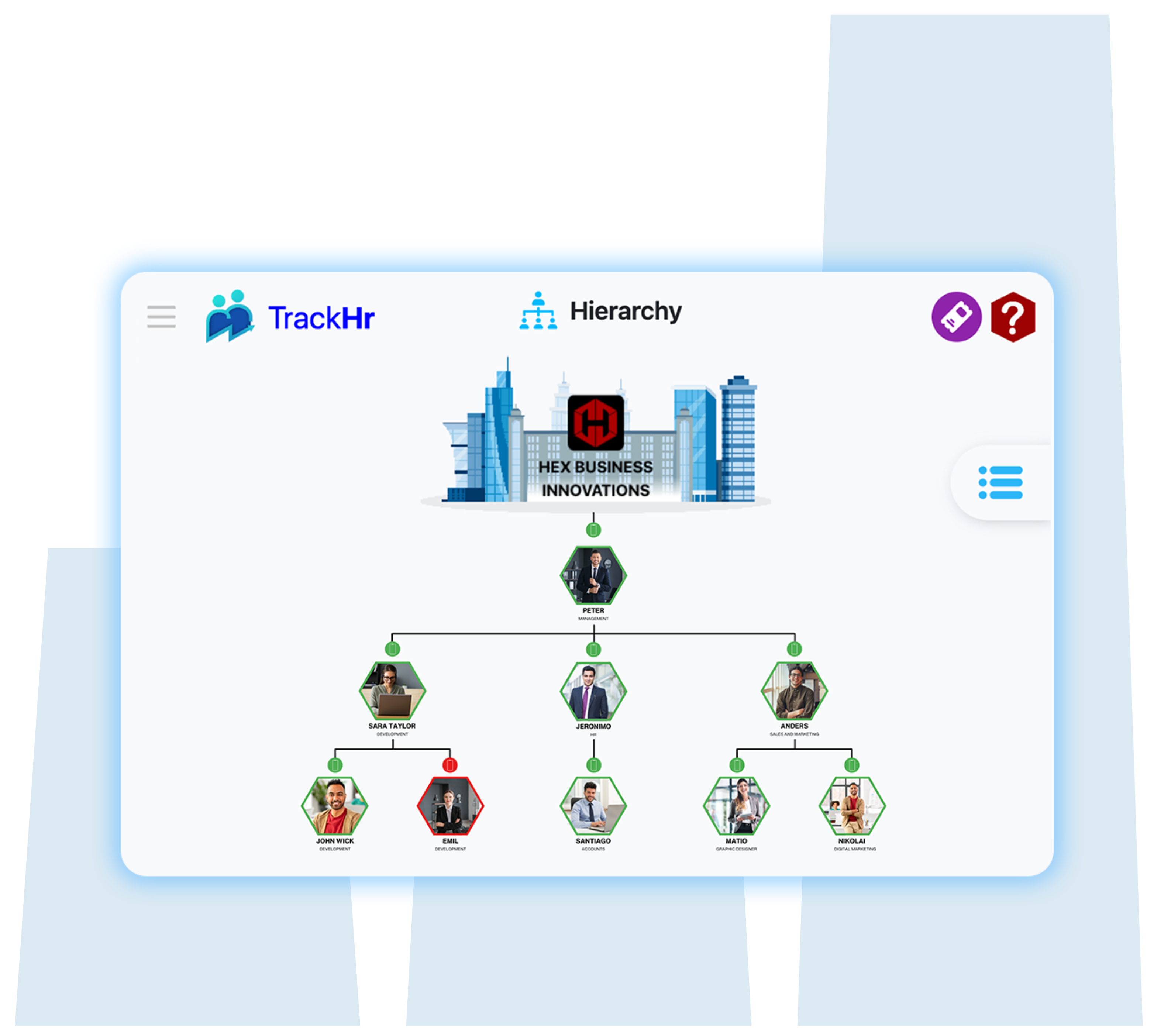Friday, 28 Jun 2024
Embracing Change: The Impact of Performance Management Software on Organizational Dynamics
In today’s fast-paced business environment, staying competitive requires more than just strategic vision and hard work. It demands efficiency, agility, and a keen focus on employee performance. Enter performance management software like TrackHr, a game-changer that promises to revolutionize how organizations manage and enhance employee performance. This blog delves into the transformative impact of integrating such software into an organization.
1. Streamlined Performance Tracking
One of the most immediate and noticeable changes after implementing TrackHr is the streamlined process of performance tracking. Traditional methods often rely on periodic reviews, which can be time-consuming and prone to bias. TrackHr offers real-time tracking of employee performance, providing managers with up-to-date data and insights. This shift ensures that performance assessments are continuous and reflective of actual productivity, rather than being based on occasional observations.
2. Enhanced Employee Engagement
Performance management software plays a crucial role in boosting employee engagement. With tools like TrackHr, employees gain access to clear performance metrics, goals, and feedback channels. This transparency helps employees understand their role and impact within the organization, fostering a sense of ownership and accountability. Furthermore, regular feedback and recognition through the software can significantly enhance motivation and job satisfaction.
3. Data-Driven Decision Making
TrackHr equips managers and HR professionals with a wealth of data that can inform strategic decisions. By analyzing performance trends, identifying skill gaps, and forecasting future needs, organizations can make more informed decisions regarding promotions, training programs, and resource allocation. This data-driven approach not only improves overall efficiency but also helps in aligning individual performance with organizational goals.
4. Improved Goal Alignment
Setting and tracking goals is a fundamental aspect of performance management. TrackHr simplifies this process by allowing managers to set SMART (Specific, Measurable, Achievable, Relevant, Time-bound) goals and monitor progress in real-time. This alignment ensures that every employee’s efforts contribute directly to the organization’s strategic objectives, enhancing overall coherence and focus.
5. Fostered Culture of Continuous Improvement
With continuous feedback mechanisms and performance analytics, TrackHr fosters a culture of continuous improvement. Employees are encouraged to regularly reflect on their performance, seek feedback, and take proactive steps towards personal and professional development. This culture not only enhances individual performance but also drives the organization towards sustained growth and innovation.
6. Efficient Performance Reviews
Performance reviews are often viewed as a tedious and stressful process for both managers and employees. TrackHr transforms this experience by automating many aspects of the review process. With pre-set templates, automated reminders, and consolidated performance data, reviews become more efficient, less biased, and more constructive. This efficiency saves valuable time and ensures that reviews are more focused on development rather than just evaluation.
7. Enhanced Compliance and Documentation
In many industries, maintaining compliance with regulatory standards and documenting performance-related activities is crucial. TrackHr provides robust documentation features that ensure all performance-related data is securely stored and easily accessible. This not only aids in compliance but also protects the organization in case of disputes or audits.
8. Scalability and Flexibility
As organizations grow, managing performance across a larger workforce can become increasingly complex. TrackHr offers scalability and flexibility, allowing organizations to adapt the software to their evolving needs. Whether it’s adding new employees, departments, or even customizing performance criteria, TrackHr provides the flexibility required to support organizational growth.
Conclusion
The integration of performance management software like TrackHr signifies a substantial shift in how organizations approach employee performance. By leveraging real-time data, enhancing employee engagement, and fostering a culture of continuous improvement, TrackHr empowers organizations to unlock their full potential. As businesses continue to navigate the complexities of the modern work environment, performance management software will undoubtedly play a pivotal role in driving success and sustainability.



